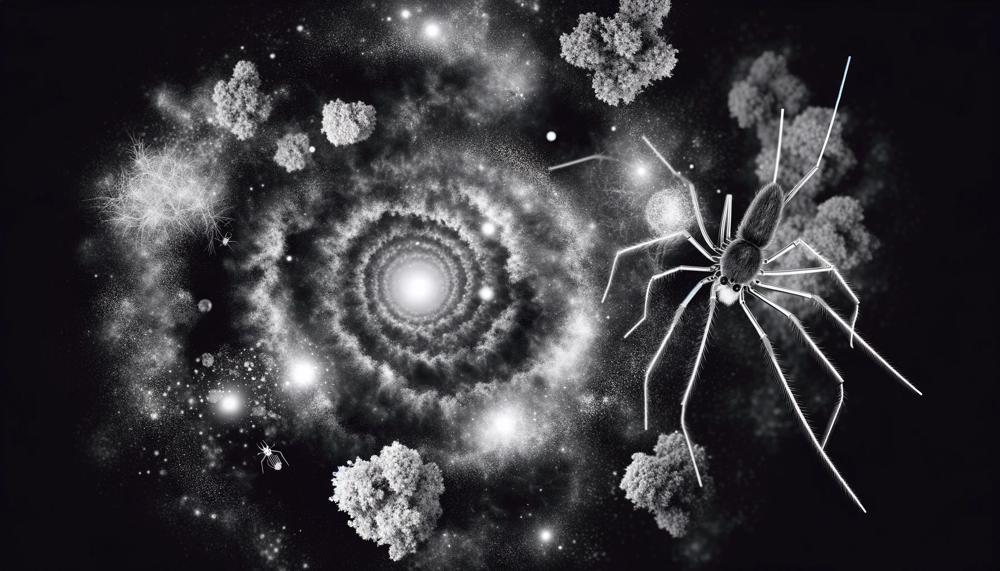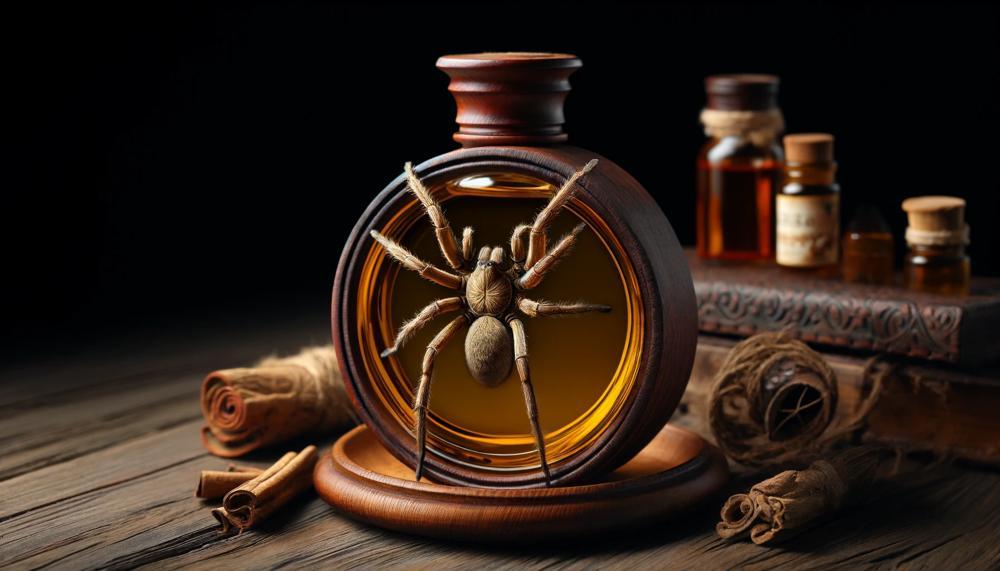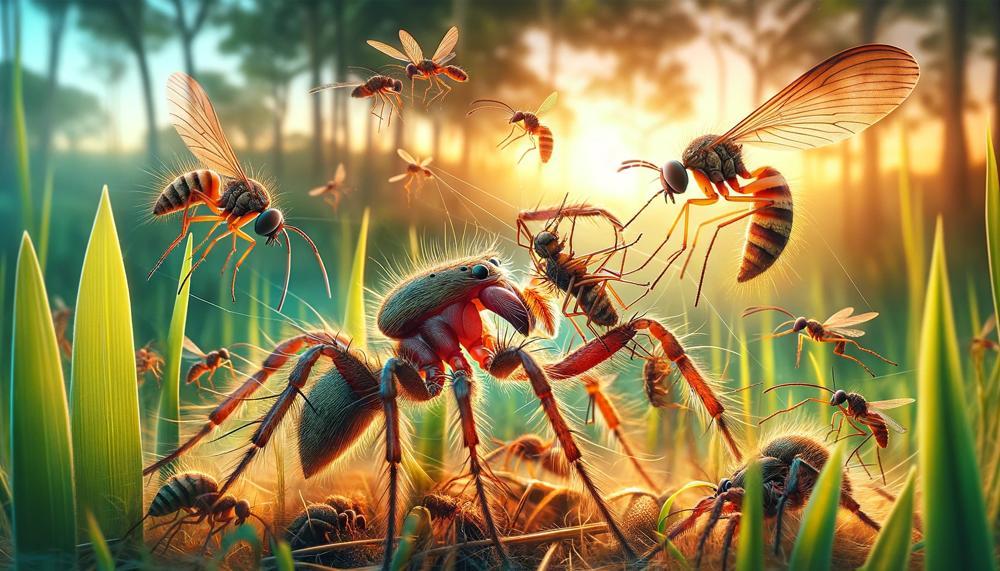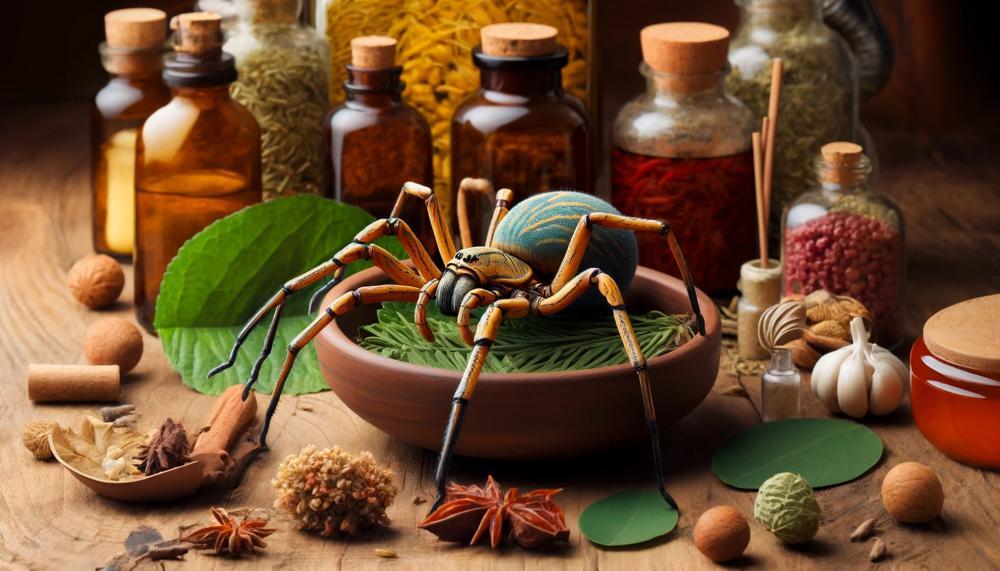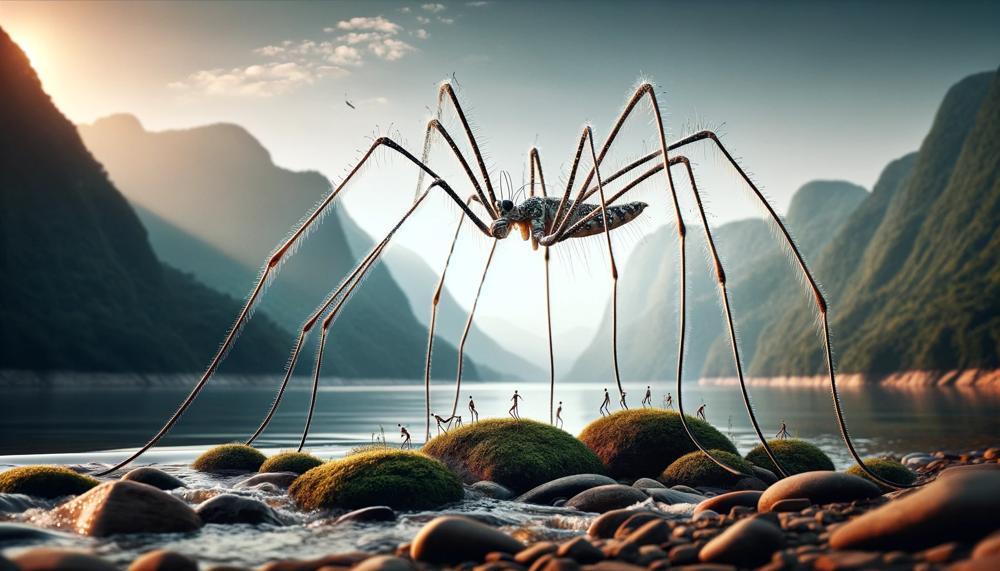In the realm of arachnids, a creature often shrouded in misconception takes center stage: the daddy longlegs. While commonly mistaken for spiders, these long-legged wonders belong to a distinct group known as harvestmen.
Despite their spindly appearance, daddy longlegs are not venomous and pose no threat to us.
So, do daddy long legs kill spiders?
Yes, daddy long legs can kill spiders. Daddy long legs spiders are known for catching, wrapping, and killing other spiders, including larger spiders like Huntsman spiders, Redback spiders, and Funnel-web spiders. Daddy long legs spiders use their long legs to keep their prey at a distance and wrap them in silk. They can also approach prey spider webs and tug on them like a trapped insect.
Daddy long legs may also refer to harvestmen, which are not spiders at all. Harvestmen are not venomous and can’t bite. Harvestmen can pinch, but it’s not strong enough to break skin.
Along the way, we’ll dispel common myths and shed light on the unique characteristics that set these creatures apart from their eight-legged counterparts.
Table of Contents
- 1 Understanding the Biology of Daddy Longlegs and Spiders
- 2 Examining the Predatory Behavior of Daddy Longlegs
- 3 Investigating the Myths and Misconceptions Surrounding Daddy Longlegs and Spiders
- 4 Uncovering the Role of Daddy Longlegs in Pest Control
- 5 Analyzing the Impact of Daddy Longlegs on Spider Populations
- 6 Identifying the Benefits of Having Daddy Longlegs in Your Home
- 7 Conclusion
Understanding the Biology of Daddy Longlegs and Spiders
| Characteristic | Daddy Longlegs | Spiders |
|---|---|---|
| Body Structure | Two main body segments (cephalothorax and abdomen) | Two main body segments (cephalothorax and abdomen) |
| Legs | Eight, long, thin legs | Eight, jointed legs |
| Eyes | Two eyes | Eight eyes (some species have fewer) |
| Venom | Harmless to humans | Most are venomous, but only a few species are dangerous to humans |
| Diet | Insects and other small invertebrates | Insects, spiders, and other small animals |
| Reproduction | Lay eggs | Lay eggs or give birth to live young |
Despite these similarities, daddy longlegs and spiders belong to different taxonomic orders. Daddy longlegs are in the order Opiliones, while spiders are in the order Araneae. This means that they have different evolutionary histories and are not closely related.
Examining the Predatory Behavior of Daddy Longlegs
| Behavior | Description |
|---|---|
| Ambush Predator | Daddy longlegs patiently wait for prey to come within striking distance before launching a surprise attack. |
| Web Building | Daddy longlegs construct intricate webs to trap and ensnare their prey. |
| Prey Selection | Daddy longlegs primarily feed on small insects, such as mosquitoes, gnats, and flies. |
| Venom Injection | Daddy longlegs inject venomous saliva into their prey to paralyze and subdue them. |
| Extra-Oral Digestion | Daddy longlegs secrete digestive enzymes onto their prey, which liquefy the internal organs before they are consumed. |
Investigating the Myths and Misconceptions Surrounding Daddy Longlegs and Spiders
| Myth | Fact |
|---|---|
| Daddy longlegs are the most venomous spiders in the world. | Daddy longlegs have venom glands, but their fangs are too short to pierce human skin. |
| Daddy longlegs are poisonous to humans. | Daddy longlegs are not poisonous to humans. |
| Daddy longlegs have the ability to fly. | Daddy longlegs do not have the ability to fly. |
| Spiders are insects. | Spiders are not insects. They are arachnids, which are a different class of animals. |
| All spiders are venomous. | Only a small percentage of spiders are venomous. |
| Spiders can jump. | Most spiders cannot jump. Only a few species of spiders, such as the jumping spider, can jump. |
| Spiders eat mosquitoes. | Spiders do eat mosquitoes, but they also eat other insects, such as flies, moths, and beetles. |
Uncovering the Role of Daddy Longlegs in Pest Control
Answer: No. Daddy longlegs are not active hunters of spiders.
Daddy longlegs, also known as harvestmen, are often mistaken for spiders due to their long, spindly legs. However, they belong to a different order of arachnids called Opiliones. Unlike spiders, daddy longlegs do not produce silk and do not build webs.
Their diet primarily consists of small insects, such as aphids, mites, and springtails. They also feed on decaying plant matter and fungi.
While daddy longlegs may occasionally encounter and consume spiders, they do not actively hunt them as a primary source of food. Spiders are not a significant part of their diet.
Analyzing the Impact of Daddy Longlegs on Spider Populations
Daddy longlegs, also known as harvestmen, play a multifaceted role in ecosystems, interacting with spider populations in various ways:
| Interaction | Impact on Spider Populations | Role in Ecosystem |
|---|---|---|
| Competition for Food | Reduce spider food availability | Help control spider populations |
| Predation | Daddy longlegs prey on spiders | Help suppress spider populations |
| Indirect Competition | Compete with spiders for habitat | Limit spider distribution and abundance |
| Pollination | Daddy longlegs pollinate plants | Contribute to plant reproduction |
| Decomposition | Daddy longlegs decompose organic matter | Aid in nutrient recycling |
Identifying the Benefits of Having Daddy Longlegs in Your Home
| Benefit | Description |
|---|---|
| Pest Control | Daddy longlegs prey on a variety of household pests, including flies, mosquitoes, and spiders. This can help to reduce the number of pests in your home and make it a more pleasant place to live. |
| Pollination | Daddy longlegs are important pollinators, helping to transfer pollen from one flower to another. This helps to ensure that plants can reproduce and thrive, which benefits the entire ecosystem. |
| Decomposition | Daddy longlegs play a role in the decomposition of organic matter, such as fallen leaves and dead insects. This helps to recycle nutrients back into the environment and keep the ecosystem healthy. |
| Web Building | Daddy longlegs build intricate webs that can help to trap and remove dust and other small particles from the air. This can help to improve the air quality in your home and make it a healthier place to live. |
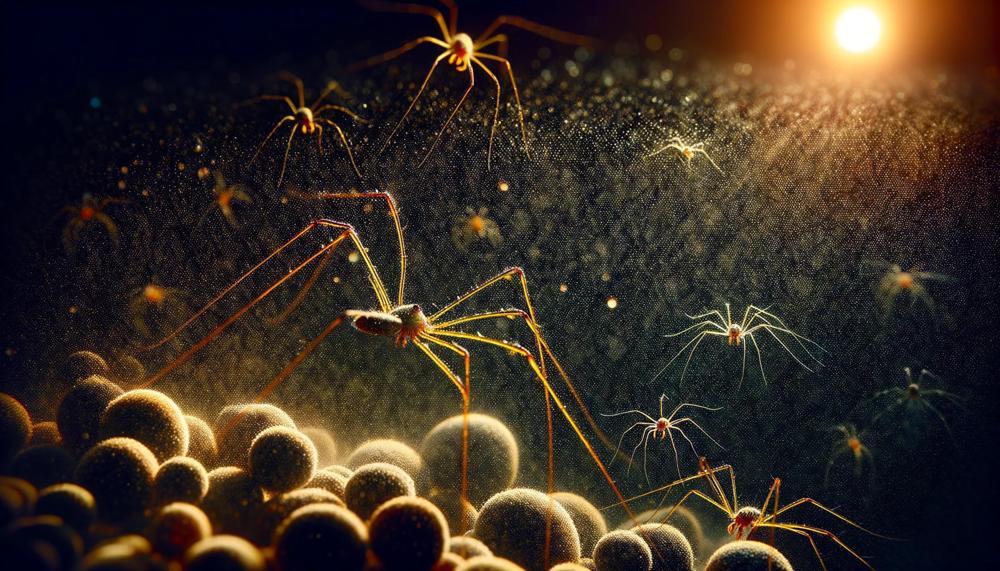
Conclusion
In the realm of arachnids, daddy longlegs emerge as unexpected heroes in the battle against spiders. These gentle giants, often mistaken for their eight-legged counterparts, wield a secret weapon: their voracious appetite for spiderlings and insect pests.
Daddy longlegs, with their spindly legs and harmless nature, play a crucial role in maintaining a delicate balance in our ecosystems.
They are not just passive bystanders but active participants in the intricate web of life, reminding us that even the smallest creatures can have a profound impact on our world.
Let us celebrate these unsung heroes and their remarkable contribution to pest control, ensuring a healthier and more harmonious coexistence with our eight-legged neighbors.

